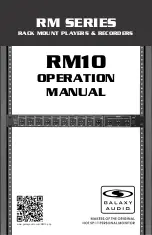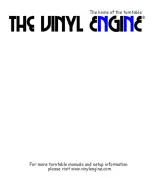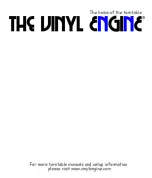
89
-
3
Connect the equipment to an outlet on a circuit different from the one the receiver is connected to.
4
Consult the dealer or an experienced radio/TV technician for help.
FCC/IC Radio Frequency Exposure statement
The available scientific evidence does not show that any health problems are associated with using low power wireless devices. There is no
proof, however, that these low power wireless devices are absolutely safe. Low power wireless devices emit low levels of radio frequency
energy (RF) in the microwave range while being used. Whereas high levels of RF can produce health effects (by heating tissue), exposure to
low-level RF that does not produce heating effects causes no known adverse health effects. Many studies of low-level RF exposure have not
found any biological effects. Some studies have suggested that some biological effects might occur, but such findings have not been
confirmed by additional research.
The wireless LAN radio device has been tested and found to comply with FCC radiation exposure limits set forth for an uncontrolled equipment
and meets the FCC radio frequency (RF) Exposure Guidelines in Supplement C to OET65.
The exposure standard for wireless devices employs a unit of measurement known as the Specific Absorption Rate, or SAR. The SAR limit set
by the FCC is 1.6W/kg, and 1.6W/kg by Industry Canada.
This device is compliance with SAR for general population /uncontrolled exposure limits in ANSI/IEEE C95.1-1992 and Canada RSS 102, and
had been tested in accordance with the measurement methods and procedures specified in OET Bulletin 65 Supplement C, and Canada RSS
102. This device has been tested, and meets the FCC, IC RF exposure guidelines when tested with the device directly contacted to the body.
Déclaration de la FCC/d’Industrie Canada sur l’exposition aux radiofréquences
La norme régissant l’exposition des appareils sans fil aux radiofréquences emploie une unité de mesure dénommée Taux d’absorption
spécifique, ou TAS. La FCC et Industrie Canada ont défini la même limite de TAS : 1,6 W/kg.
Cet appareil est conforme au TAS pour les limites d’exposition générales de la population/non contrôlées définies par les règles C95.1-1992
de l’ANSI/IEEE et RSS 102 d’Industrie Canada ; il a été testé en conformité avec les méthodes et procédures de mesure spécifiées dans le
supplément C du bulletin 65 de l’OET (Office d’ingénierie et de technologie) et la règle RSS 102 d’Industrie Canada. Cet appareil a été testé
selon les directives de la FCC et d’IC concernant l’exposition aux radiofréquences et s’est révélé conforme à ces dernières lorsqu’il a été testé
en contact direct avec le corps.
Export restrictions
This product or software contains encryption code which may not be exported or transferred from the US or Canada without an approved US
Department of Commerce export license. This device complies with Part 15 of FCC Rules., as well as ICES 003 B / NMB 003 B. Operation is
subject to the following two conditions: (1) this device may not cause harmful interference, and (2) this device must accept any interference
received, including interference that may cause undesirable operation. Modifications not expressly authorized by Fujitsu America, Inc. may
invalidate the user's right to operate this equipment.
















































